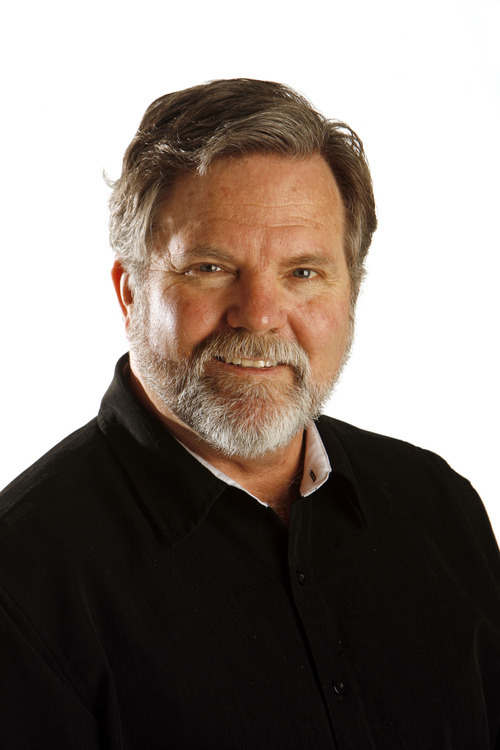This is an archived article that was published on sltrib.com in 2012, and information in the article may be outdated. It is provided only for personal research purposes and may not be reprinted.
The 24th of July state holiday commemorates the 1847 Mormon pioneers who arrived here to carve a home from the wilderness. We celebrate their tenacity in the face of long odds, droughts, pests, privation and even a war with the United States.
Each year we thank them for stubbornly hunkering down in a desert by setting off fireworks and grilling meat.
However, Utah does not have a holiday for those who no sooner got here than they were ready to leave. There is no commemorative "I'm Outta Here" statue at This Is the Place Heritage Park. But those who fled Zion are also part of the pioneer story.
Soon after his "This is the Place" moment, Brigham Young headed back to Winter Quarters. A few unhappy souls took the opportunity to make a break for it and got as far as modern-day Ogden.
The High Council, governing in Young's stead, sent a "marshal" to persuade them to return. Some, like William Weeks, the architect of the Nauvoo Temple, were so openly hostile that the Council was informed "he would destroy every Mormon on earth" if he could. Weeks and his companions were eventually allowed to leave, and others soon followed their example.
The church faced a problem with these "back-outs." Bitter apostates carried stories to the States that were harmful to the Great Work of building the kingdom of God. On the other hand, keeping them in what would become Utah was a headache and might even spread the disaffection. Most were grudgingly allowed to leave.
Reasons for bolting the promised land ranged from rebellion to disillusionment, with a healthy dose of California gold fever thrown in after 1848.
Gold is the easiest explanation for skedaddling, but most came to Utah inspired by religious idealism and were immune to the blandishments of the world. Many early Mormon converts traveled halfway around the world only to learn that their leaders were taking multiple wives. They usually didn't take this news well.
Sixty-nine-year-old Isaac Lamb, walking back to the States from Deseret with only a bundle and a gun, regaled California-bound immigrants with vividly descriptive stories of the "latter-day devils" and their leaders.
He had left family and friends in England for Mormonism. Now he felt duped, with almost nothing, abandoned in the middle of nowhere.
While those who left were a small minority, by the 1850s economic privation threatened to turn the trickle to a flood. Perhaps this was simply too hard a place to live.
The problem wasn't the land, the leaders said, but a faithless people. The people needed to rededicate themselves to their covenants.
The "Mormon Reformation" was a garden-variety religious revival that quickly gained momentum and tipped over into fanaticism. Dissidents were no longer a thorn to be endured; they were enemies of God. Even talk about leaving was dangerous. Stories of Danite retribution and extortion of offenders' property stifled opposition.
The Eastern press guessed that half the population would flee if given the chance.
The arrival of the United States Army in 1858 gave them that chance.
Soldiers were alarmed at the pathetic state of those who availed themselves of Army protection, testament to the hardness of the land and the system they were leaving.
But the refugees numbered in the hundreds, not thousands. Most Mormons were content with their lot, seeing God's refiner's fire in the trials they endured.
Those who left generally didn't recall their trials with such fondness.
An emigrant train heading west encountered one going east. Asked if they were coming from Utah or California, an old man piped up, "We are from Beautiful Zion."
Asked what he thought about Zion, the old man said, "It is the worst Zion that I ever set my foot into."
Pat Bagley is the editorial cartoonist for The Salt Lake Tribune. More about early Mormon apostasy can be found in Kingdom of the West: The Mormons and the American Frontier; edited by Will Bagley.



